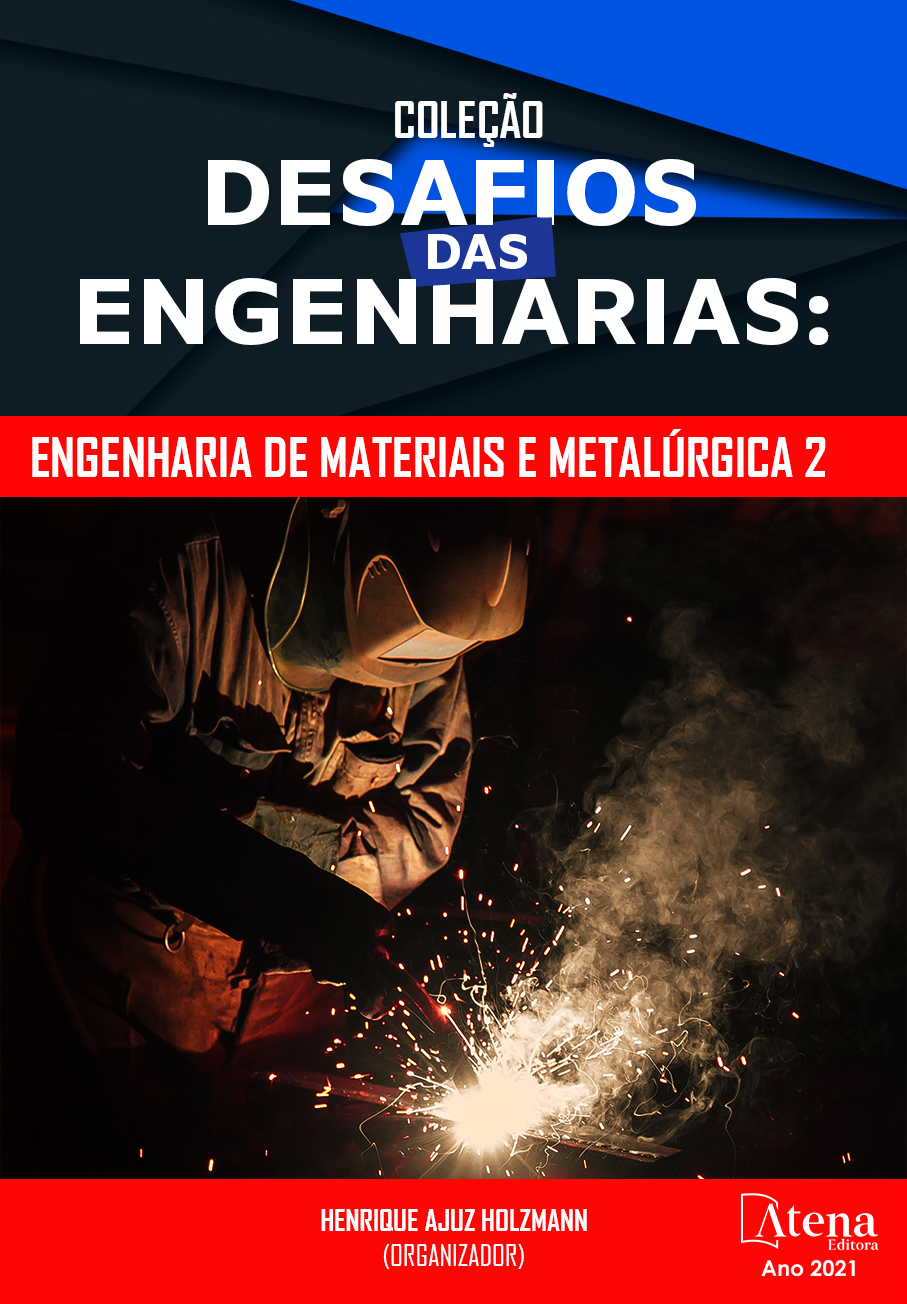
ADIÇÃO DE BORRACHA DE PNEUS ORIUNDA DE CAPEAMENTO NO CONCRETO ESTRUTURAL – UMA AVALIAÇÃO DAS PROPRIEDADES MECÂNICAS
O grande volume de resíduos descartados provenientes da alta demanda de volume de materiais inutilizáveis no fim da sua vida útil, como os pneus, onde, vêm acarretando diversos fatores decorrentes de doenças de insetos provocando a dengue, febre amarela, malária, dentre outras doenças, que podem comprometer a vida da população, a saúde pública e o meio ambiente. Com isso, surgiu estudos, que possibilitam utilizar a borracha como um material sustentável, que é o exemplo do concreto sustentável, no qual visa a sustentabilidade e a redução dos impactos ambientais, que são constantemente ativos devido aos descartes de materiais em locais inapropriados. Assim, o presente trabalho tem por objetivo averiguar as propriedades mecânicas e o desempenho técnico do concreto executado a partir da adição do resíduo de borracha de pneu, analisando então, sua viabilidade econômica, trabalhabilidade, resistência e as características adquiridas a partir dos ensaios de compressão axial e módulo de elasticidade realizados no laboratório e que foram submetidos a 7, 14, 21 e 28 dias de cura. Sendo assim, o traço do concreto é determinado perante as especificações do método ABCP (Associação Brasileira de Cimento Portland), adquirindo-se o valor do traço referente à 1:1,93:2,69:0,48, cujo valor de fck para confeccionar os corpos de prova é de 25 MPa. Através dos resultados verifica-se que o concreto com adição de resíduo de pneu de borracha obteve uma redução em sua resistência em comparação ao concreto de referência, o que pode ser devido a fraca aderência da fibra na matriz cimentícia.
ADIÇÃO DE BORRACHA DE PNEUS ORIUNDA DE CAPEAMENTO NO CONCRETO ESTRUTURAL – UMA AVALIAÇÃO DAS PROPRIEDADES MECÂNICAS
-
DOI: 10.22533/at.ed.51521061010
-
Palavras-chave: Borracha, concreto, resíduos, sustentável.
-
Keywords: Rubber, concrete, waste, sustainable
-
Abstract:
The large volume of discarded waste arising from the high volume demand of unusable materials at the end of their useful life, such as tires, where they have been causing several factors resulting from insect diseases causing dengue, yellow fever, malaria, among other diseases, that can compromise the lives of the population, public health and the environment. With this, studies emerged, which make it possible to use rubber as a sustainable material, which is the example of sustainable concrete, which aims at sustainability and the reduction of environmental impacts, which are constantly active due to the disposal of materials in inappropriate places. Thus, this work aims to investigate the mechanical properties and technical performance of concrete executed from the addition of tire rubber waste, then analyzing its economic feasibility, workability, strength and the characteristics acquired from the compression tests axial and elastic modulus performed in the laboratory and submitted to 7, 14, 21 and 28 days of cure. Thus, the mix of concrete is determined according to the specifications of the ABCP (Brazilian Association of Portland Cement) method, acquiring the value of the mix referring to 1:1.93:2.69:0.48, whose value is fck to make the specimens is 25 MPa. Through the results, it is verified that the concrete with the addition of rubber tire residue obtained a reduction in its strength compared to the reference concrete, which may be due to the weak adhesion of the fiber in the cement matrix.
-
Número de páginas: 34
- Myrelle Pinheiro e Silva
- Daniele Gomes Carvalho
- Maria Letícia Ferreira da Silva


